Want to make your own delicious recipes? Use this Guide to Flavour Profiles the next time you’re cooking to make a delicious meal.
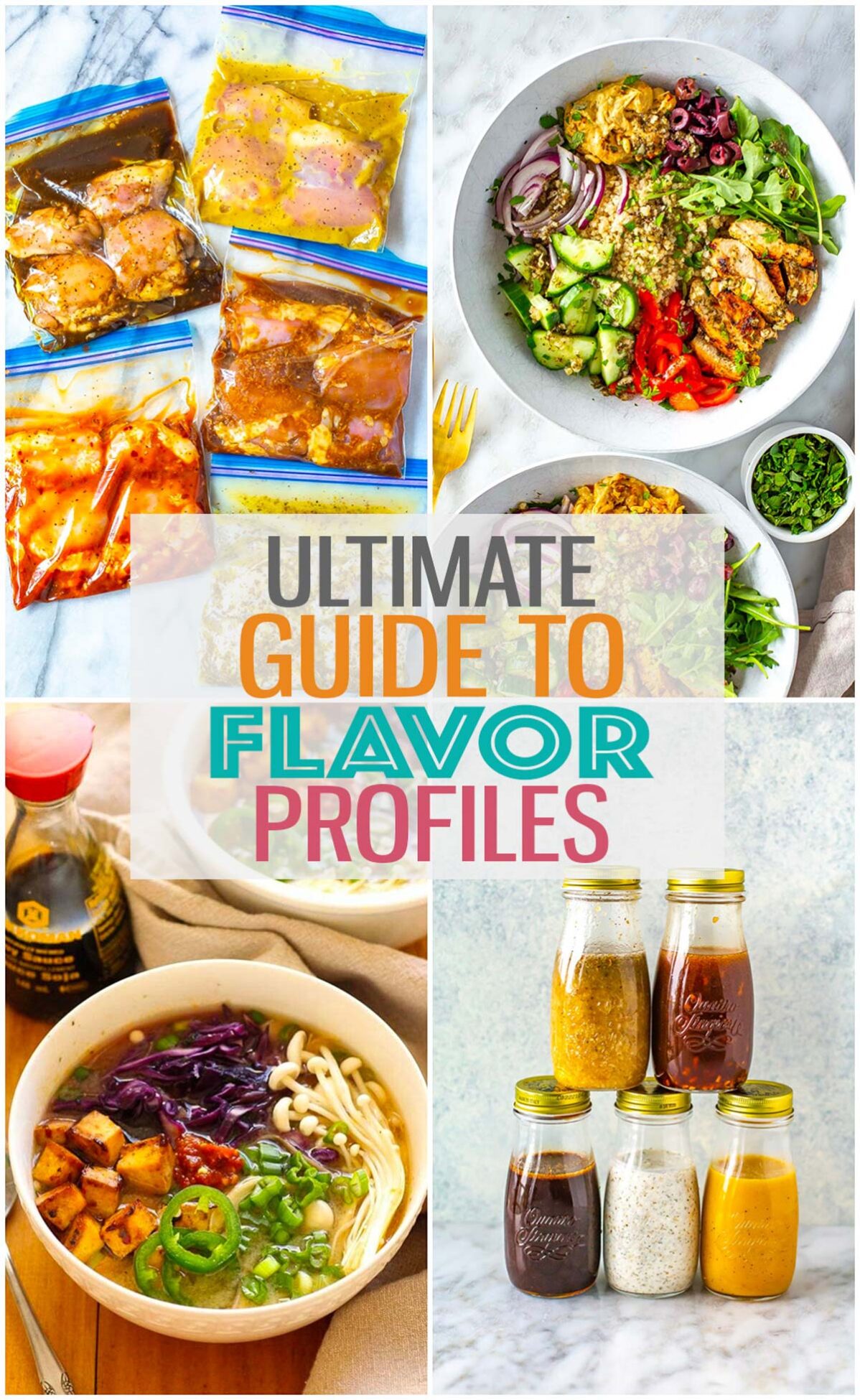
What’s a Flavour Profile?
A flavour profile refers to the combination of tastes, aromas, textures and other factors that contribute to the overall flavour experience of a dish. Sweetness, sourness, bitterness, saltiness and umami are all components that play into a flavour profile along with the use of herbs, spices, fats and acidity.
The Basics of Flavour
Here are the basic building blocks of flavour:
1. Taste: The taste of a dish can be influenced by the combination of these factors:
- Sweetness: Associated with sugars and some artificial sweeteners.
- Sourness: Caused by acids.
- Saltiness: Associated with salts.
- Bitterness: Often found in certain vegetables, coffee, and dark chocolate.
- Umami: A savory taste found in foods like meats, mushrooms, and soy sauce.
2. Aroma: A significant portion of flavour comes from the sense of smell. Aromas are perceived through the nose and contribute to the overall flavour experience.
3. Texture: The mouthfeel of food, including aspects like crunchiness, creaminess, or chewiness, contributes to the overall sensory perception.
4. Temperature: The temperature of food and beverages can influence flavour perception. For example, some flavours are more pronounced when a substance is warm or cold.
5. Mouthfeel: Refers to the tactile sensations in the mouth, such as the creaminess of dairy products, the fizziness of carbonated drinks, or the spiciness of certain foods.
6. Consistency: The thickness or thinness of a liquid or the density of a solid can affect how flavours are perceived.
7. Chemical Sensations: Certain substances in food, like capsaicin in chili peppers, can create sensations such as spiciness or tingling.
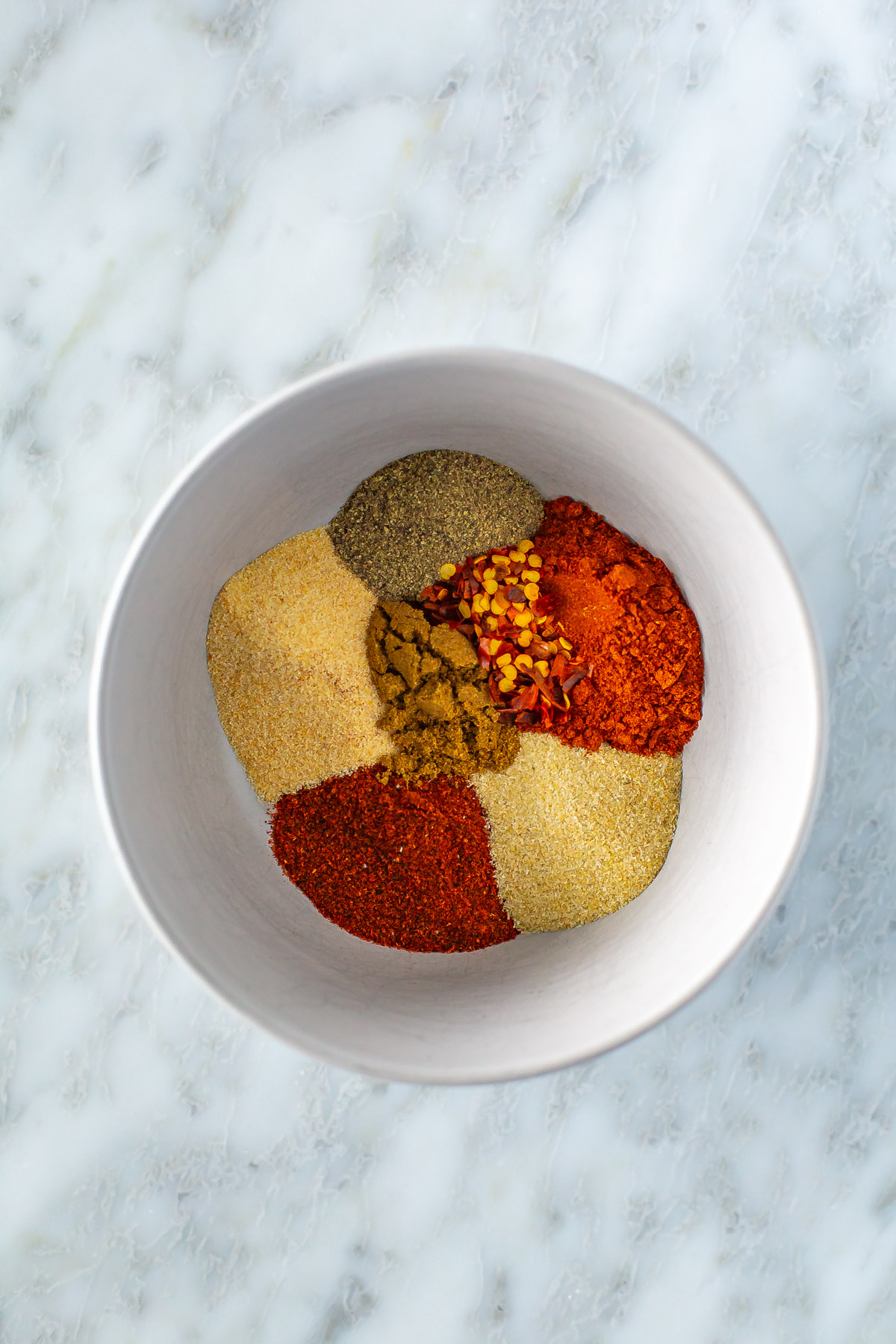
How to Adjust Elements of a Flavour Profile
Herbs and Spices
Herbs and spices are the backbone of flavour in many cuisines. From the warmth of cinnamon to the zing of cilantro, each herb and spice brings its own distinctive character to a dish. Here is a short list of ingredients that you may want to experiment with.
- Garlic
- Ginger
- Fresh herbs such as parsley, cilantro, basil, oregano, rosemary, thyme, dill, mint, and lemongrass
- Dried herbs including chili powder, cumin, thyme, paprika, turmeric, and saffron
- Store bought or homemade spice blends
- Hot sauces (including sriracha)and/or curry pastes
Fats and Oils
Fats contribute richness and mouthfeel to a dish. Whether it’s olive oil, butter, or coconut oil, choosing the right fat can enhance the overall flavour profile. Additionally, some fats, like those found in nuts or avocados, bring a unique nuttiness or creaminess to the table. Here’s a list of fats you can add to your dish:
- A neutral tasting oil such as olive oil or avocado oil
- Sesame oil
- Coconut oil
- Butter
- Coconut milk or dairy-based cream
- Avocado
- Nuts such as pistachios, peanuts, almonds and walnuts
Acidity
The addition of acidic elements, such as citrus fruits, vinegar, or tomatoes, can brighten up a dish and balance its flavours. Here are ingredients you can use to increase the acidity and sourness of your dish:
- Lemons and/or lemon juice
- Limes and/or lime juice
- Tomatoes including cherry tomatoes and tomato paste)
- Red wine or white wine vinegar
- Apple cider vinegar
- Rice vinegar
- Pickled vegetables such as pickled beets, pickled red onion, or pickled cabbage
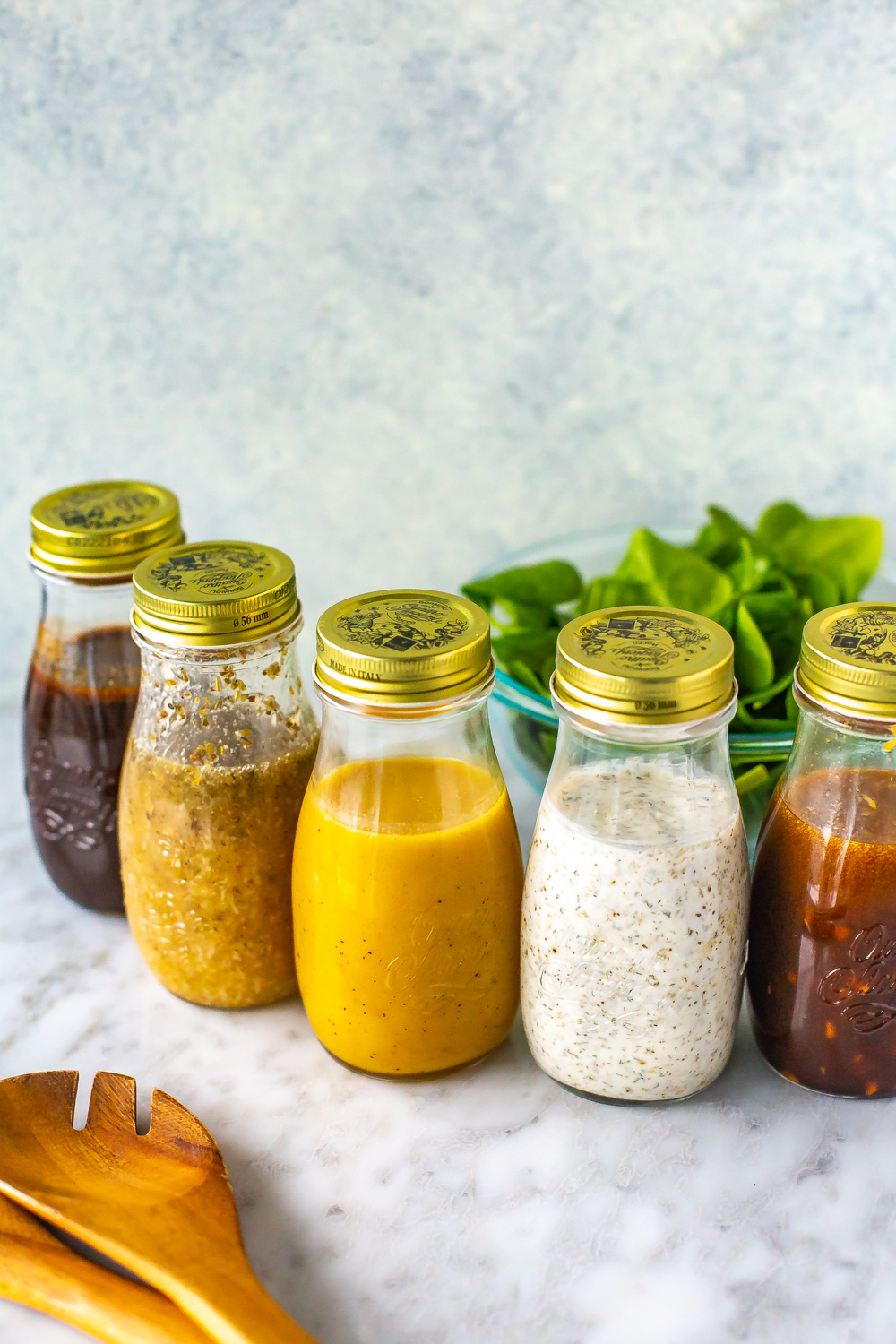
Sweetness
Sweetness is not limited to desserts; it can enhance savoury dishes as well. Certain ingredients can add depth and complexity to a range of recipes. Here are some ideas to bring sweetness to your meal:
- Sugar
- Honey
- Maple syrup
- Caramelized onions
- Vegetables such as carrots, butternut squash, sweet potatoes, and corn
- Fruits including pineapple, apple, pomegranates, and berries
Bitterness
Bitterness, when balanced well, can add sophistication to a dish. Dark chocolate, coffee, and bitter greens like arugula or radicchio contribute a pleasing bitterness that contrasts with other flavours. Here’s a list of ingredients that can bring bitterness to your dish:
- Dark chocolate
- Coffee
- Vegetables such as arugula, kale, broccoli, and swiss chard
Umami
Ingredients like soy sauce, mushrooms, and aged cheeses are known for their umami characteristics, bringing a savory depth to dishes. Here are some ideas to add umami to your dishes:
- Soy sauce
- Mushrooms
- Olives
- Parmesan cheese
- Fish sauce
- Miso paste
- Seaweed
- Bacon
- Some seasoning blends like a special umami sea salt
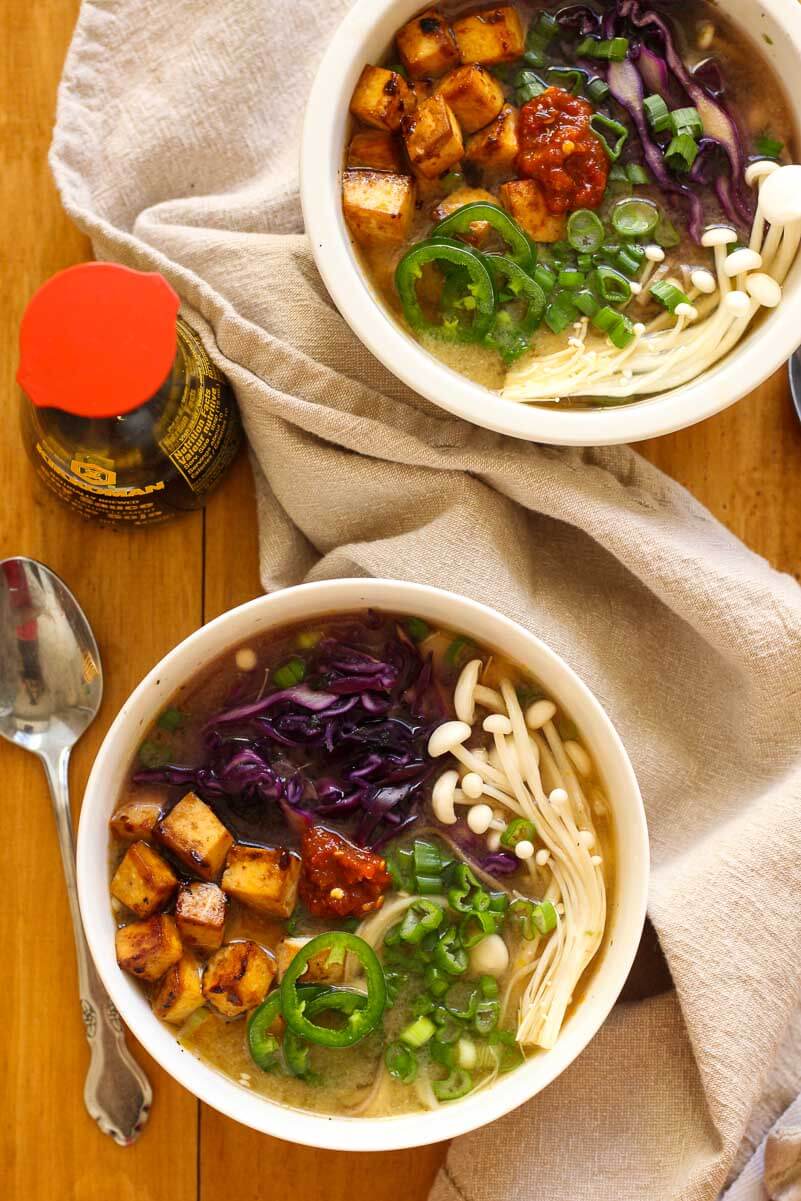
Flavour Pairing Ideas
Creating Your Own Flavour Profile
Consider these factors for creating a balanced flavour profile next time you’re expermenting in the kitchen:
- Contrast and Complement: Play around with contrasting and complementary flavours. Sweet and salty, spicy and sweet, or tangy and rich—finding the right balance can take your dish to new heights.
- Layering: Build layers of flavour by incorporating ingredients at different stages of the cooking process. This allows the flavours to meld and develop complexity.
- Taste as You Go: Regularly taste your dish as you cook. Adjust seasonings and ingredients to ensure a well-balanced flavour profile.
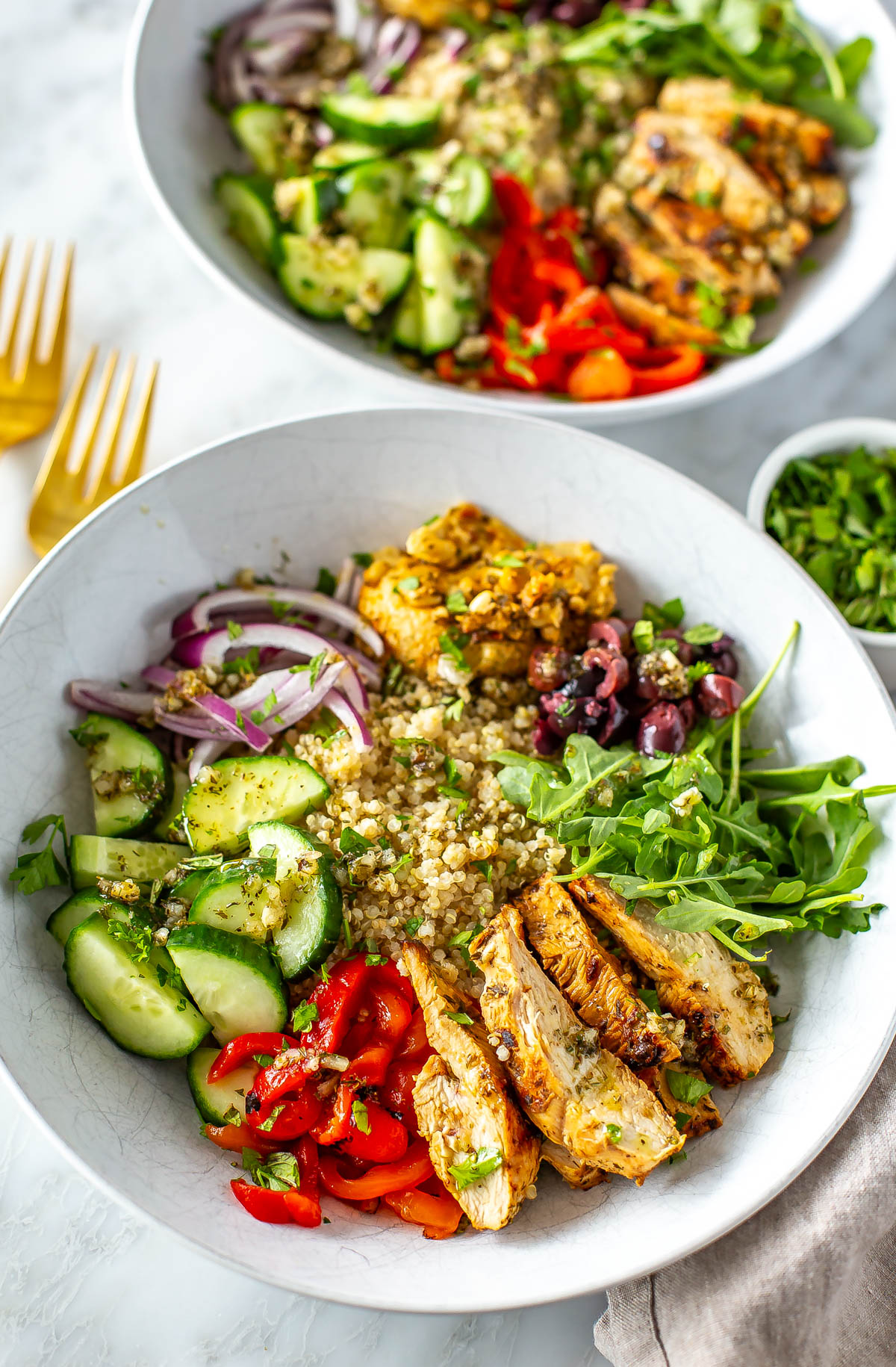
Incorporating Flavour Profiles into Meal Prep
Once you have a basic understanding of flavour profiles, you can truly get creative when meal prepping. Follow this formula to make a delicious meal prep recipe from scratch:
- Choose your flavour profile. Either start with one of the options listed in my Ingredients Pairing cheat sheet or create your own.
- Create a marinade, spice blend or dressing. Use it to season the ingredients in your dish. Check out the Dressings, Sauces, Marinades & Spice Mixes category page on my site for some ideas.
- Choose a protein. You can pick a meat (like chicken, beef or pork) or a vegetarian protein source like chickpeas, tofu, beans or lentils.
- Add vegetables. Choose any you have on hand such as bell peppers, carrots or tomatoes.
- Add a starch. Finish building out your dish with a starch like sweet potatoes, corn, rice, quinoa, pasta or bread.

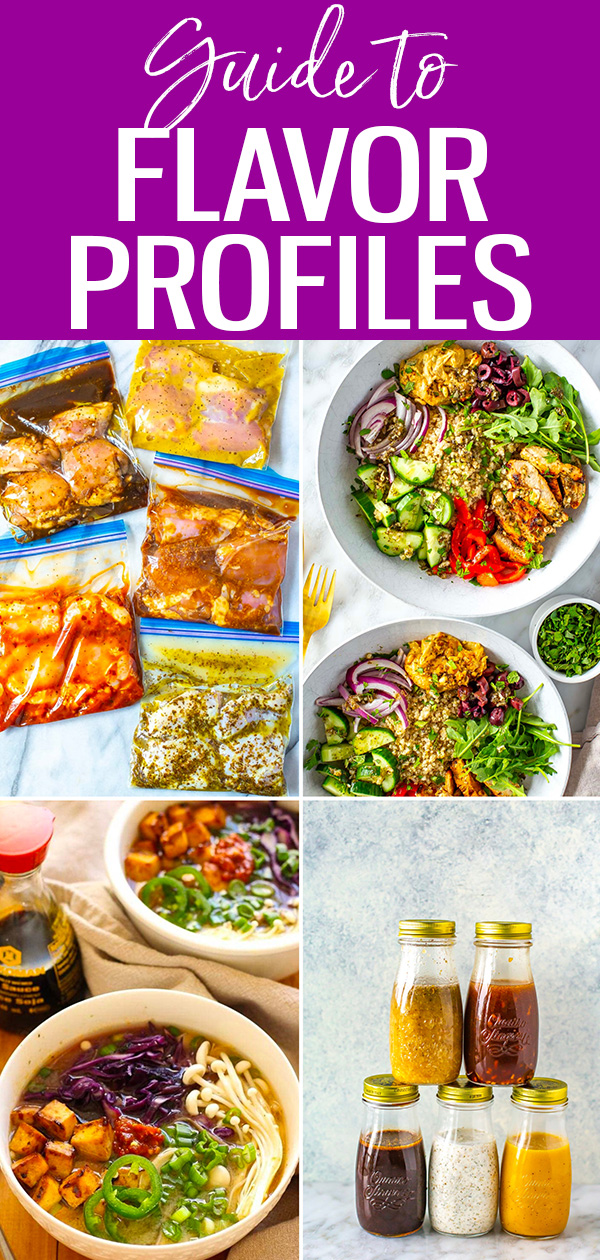

Share With Me!
Did you make this recipe or want to share your thoughts? Make sure to leave your review below and tag me on Instagram #thegirlonbloor so I can check it out!